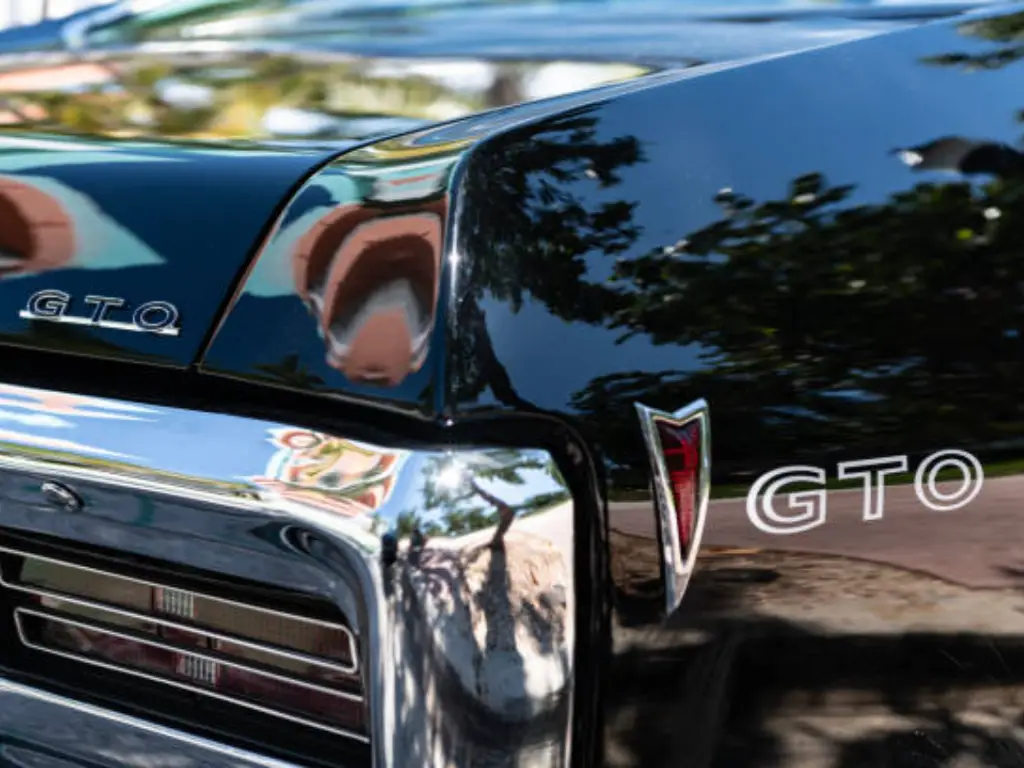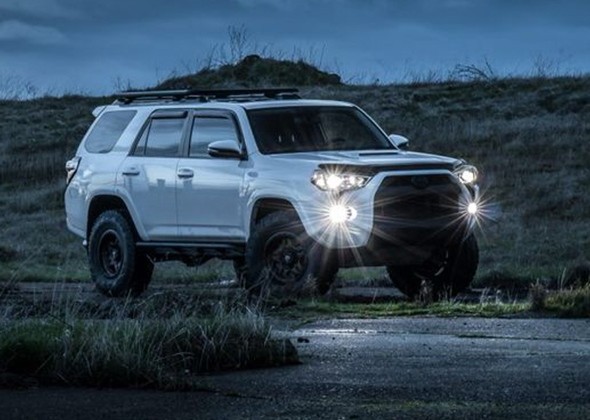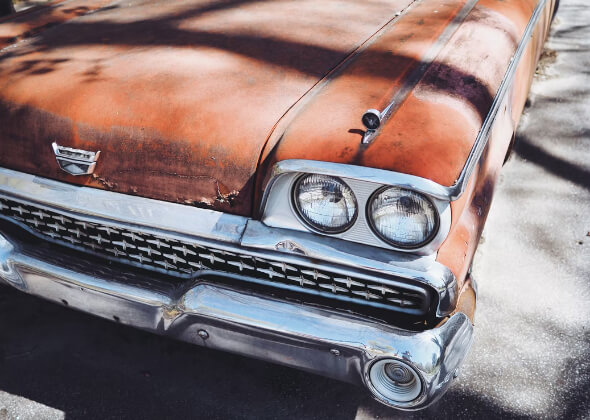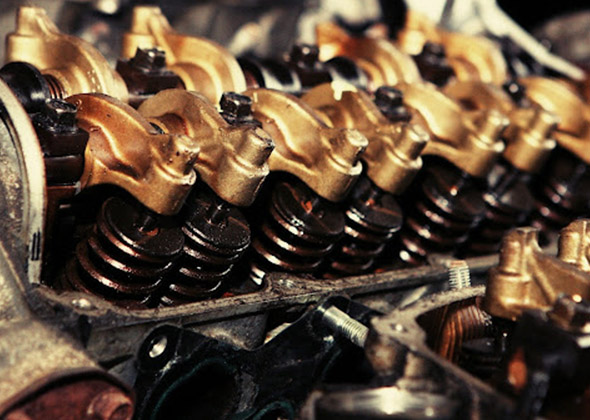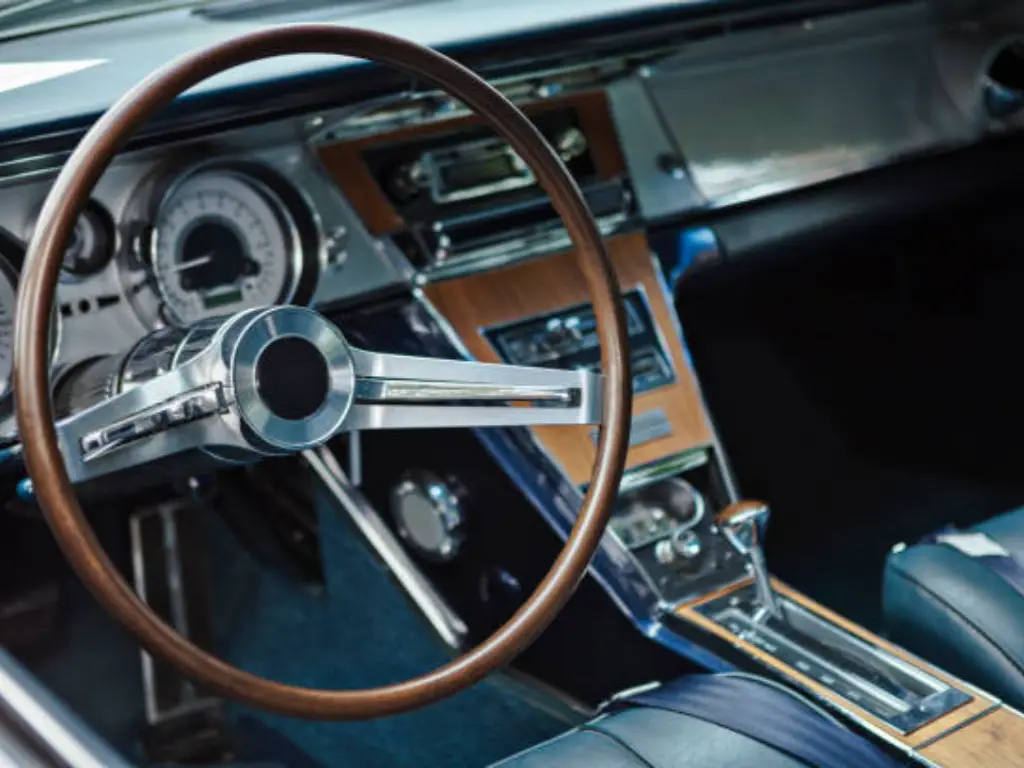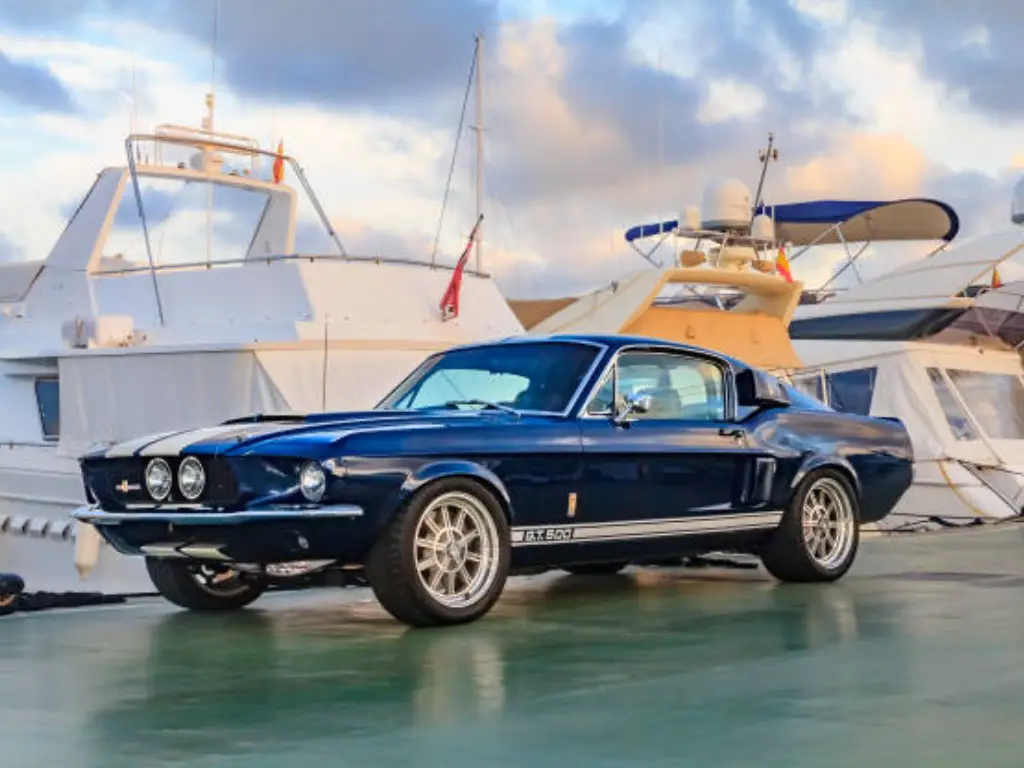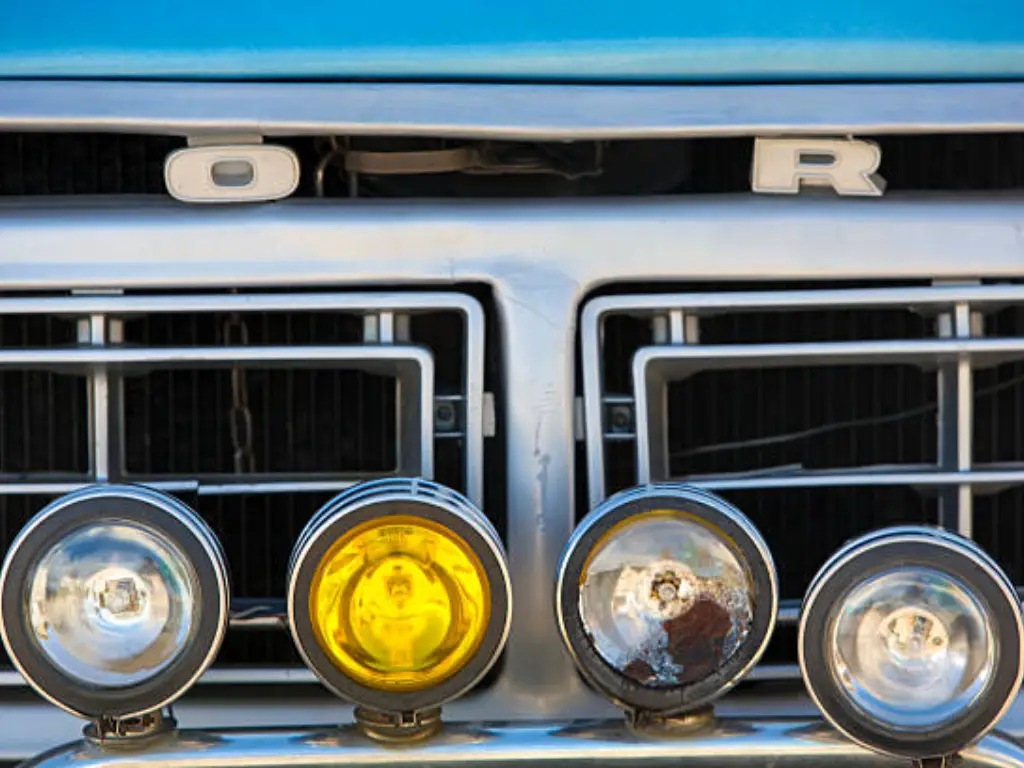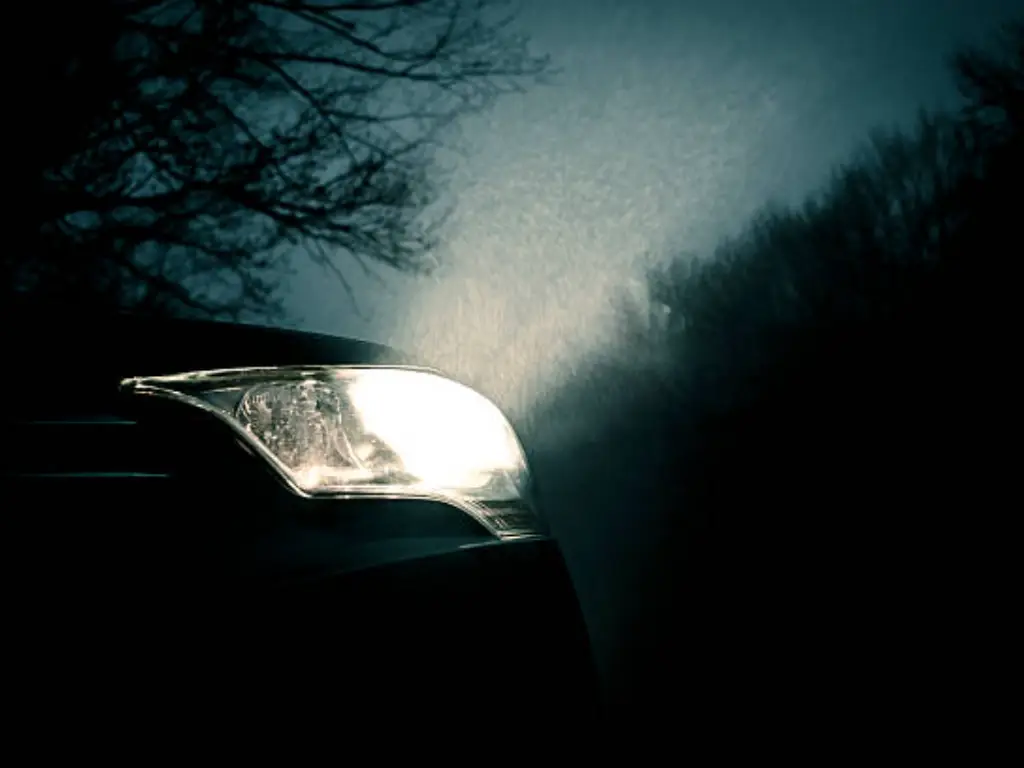
Why Driving in Fog Feels So Dangerous
It is a painful, heart-throbbing experience to drive into a bank of heavy fog. The world dissolves into a milky-white soup. You squeeze the wheel even harder. You bend forward with your eyes straining to see, to make out a point of reference that will bear you in the unclear water.
It is not a simple case of anxiety; rather, it is a logical reaction to a massive sensory loss. One of the worst conditions that a driver can be in is driving in fog or any other unfavorable weather, such as dust storms or heavy rain. The U.S. Federal Highway Administration (FHWA) estimates that fog contributes to over 38,000 accidents and over 600 deaths annually in America alone.
What makes it so dangerous? Not only is there a lack of visibility. Both of the driving faculties are deprived of us by fog:
- Opposition: It turns everything into a monochrome gray. It is so hard to tell a halted vehicle and a shadow, particularly in foggy conditions, when the road and the front of your car are so indistinct.
- Depth Perception: No point of reference, and your brain becomes unable to estimate distance or speed. The backlights of a car may appear comfortable 0.25 miles away, yet appear right before you, 100 feet.
In this confusing surrounding, the only way in which you can see the road and, what is more important, be seen by other people is with the help of the lighting system in your vehicle. The key distinction between safe driving and a possible tragedy is to use the right lights. The thing is that one of the main mistakes the drivers make instinctively is critical, and it makes the situation completely worse.
This guide will give you a simple, absolute yes or no to the question of what lights to use in fog, beginning with the uncompromising rules and the first mistake that you have to make.
The Golden Rules: Your “Must-Do” Light Settings for Fog
In case of bad sight, do not make guesses. These are two golden rules that should be followed. The first step to driving in bad weather is to master the lights to be used and when.
Rule #1: Your Low Beams are Non-Negotiable
This is the initial and the greatest step you need to take. Before you switch any other switch, turn on your regular, dipped-beam headlights (low beam headlights).
The reasons behind this are two and cannot be negotiated:
- To See: The low beam headlights are designed to point down. Their beam pattern is designed in such a way that it will light the road surface 150-200 feet in front of you and will not shine up into the sky. The slant is as downward as you have the best chance of passing under the thickest of the mist, and being observed in an excellent state of visibility where it is most needed.
- To Be Seen: This is the aspect that drivers neglect. Resorting to the use of your low beams is what makes your rear taillights go on. A car that has no taillights is a ghost in a fog bank, which is not seen by anyone coming behind. By using them, you are sure that you are visible to other people even when there is poor visibility, and you can still drive on with proper visibility on your side.
Rule #2: Use Fog Lights as a Supplement, Not a Replacement
Provided you have foglights in the front of your car, then this would be the time to turn them on. Notice the word: supplement. The fog lights are meant to be used in conjunction with your low beams and not instead.
They serve one specific purpose; they are mounted low on the vehicle and emit a very wide or flat and short beam of light. This light is meant to shine on the surface right before your bumper and then extend to cover the sides of the road, i.e, the fog line (the thick white line on the right-hand shoulder). This provides you with a pivotal point of reference on which to keep your vehicle safely on the road, even when the road ahead proves difficult to read under adverse conditions.
The “Don’t Do This” List: Common Light Mistakes in Fog
What was not to be done is as important as what to be done. These are the three common and dangerous errors that occur due to panic and misinformation, and may worsen the poor visibility conditions.
The #1 Mistake: Why High Beams Make You Blind
This is the eponymous error, and it is anti-Hegelian yet lethal. You become instinctive to turn on your brightest lights when you cannot see because you think your high beams (or full beams) are on.
Do not do this. Ever.
This will only make you more visible at once, not less. This process is referred to as backscatter.
It is a scientific fact: fog is a cloud of water droplets. High beams are aimed up. This is an intense light, and it falls at the wrong time and strikes the droplets, and then flies back viciously and in every direction, causing a dangerous glare–a blinding white wall. You have successfully placed a wall of light before your own face, and what you can see will reduce to zero.
Worse still, your high beams can blind the traffic coming by, endangering all of them. Brightness does not keep you and other people safe in bad weather; restraint does.
The “Invisible” Trap: Why DRLs Aren’t Enough
This is a modern trap. DRLs (Daytime Running Lights) cause an illusion of safety. They are so weak that they cannot even turn on your rear taillights when it is foggy, and most importantly, on most vehicles, they do not even turn on. You can not be seen behind. Always use your low-beam switch (not DRLs) even when you have oncoming traffic or the visibility begins to be poor.
The “Confusion” Trap: Never Drive with Hazard Lights On
Scared motorists are prone to dropping the hazard light switch. Don’t. The stationary vehicles have hazard lights. Having them in your car is confusing to other motorists because you can not know whether you have a stop or you are on the road. More importantly, it camouflages your turn signals, depriving you of the opportunity to express your intentions. In poor weather, it is crucial to have clear signaling to avoid accidents and ensure a safe distance on the road.
The Right Way to Use Your Fog Lights (If You Have Them)
You have your low beams on and your fog lights on, then. But now we will enter into the particulars of what these special-purpose lights are really doing–and how they may be properly used in poor weather conditions, and yet good vision obtained.
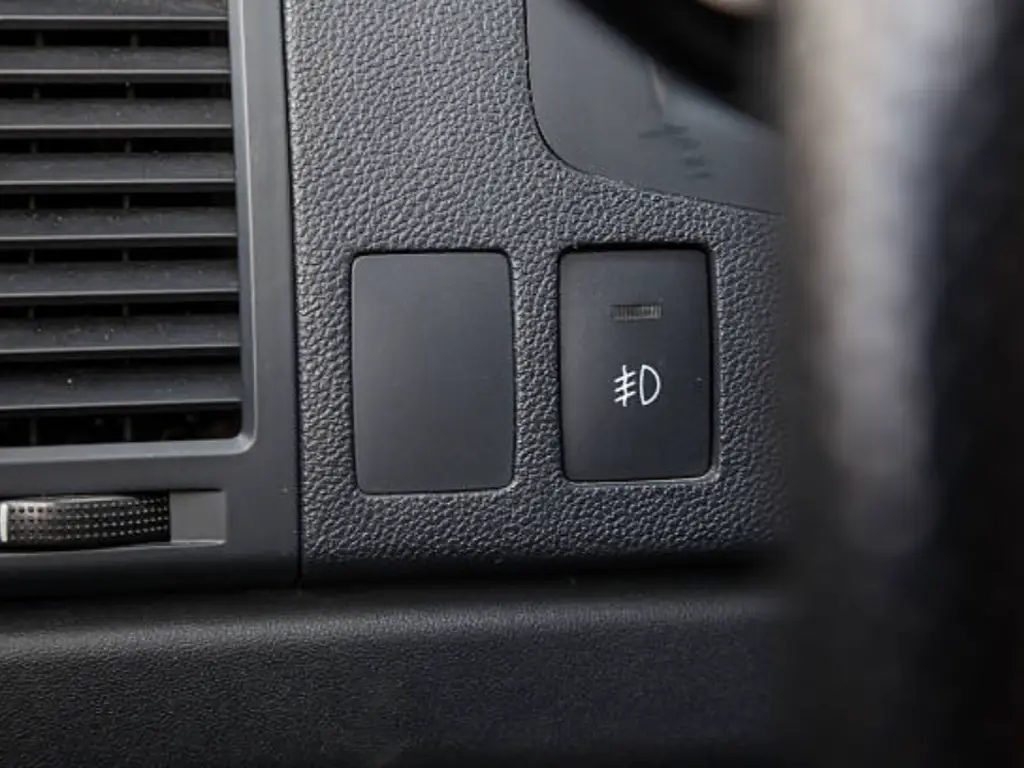
What Fog Lights Actually Do (And What They Don’t)
Mini-headlight is not a mist headlight. Its placement fully determines its functionality and its beam pattern. Most modern cars have a symbol on your dashboard that indicates you are on the fog light, which is used to remind you that they are not used in normal driving but rather in severe weather conditions.
- Location: They are also mounted low (12 -30 inches below the ground) to slice underneath the main mist cloud, which tends to be several feet above the road.
- Pattern of Beam: They are beams that are very wide (horizontally) and very narrow (vertically). This strip of light is on the shoulder-to-shoulder of the road, so that those much-needed lines in the fog are brought into the light.
They will not enable you to look 300 feet down the road–that is what your common headlights will do when the weather is clear. Fog lights will assist you in seeing the 30 feet of pavement that you must stick to at a safe and slow pace.
Front vs. Rear Fog Lights: Seeing vs. Being Seen
Numerous European vehicles (and a few U.S. models) have a rear fog light. This is a single or two-high intensity red light, which can be as bright as a brake light. To confirm if your vehicle has rear fog lights, look for the fog light symbol on your dashboard.
- Front Fogs = For YOU to See: Their job is to illuminate the road.
- Rear Fogs = For OTHERS to See You: Their job is to blast a red warning light through the fog to alert drivers far behind you.
Etiquette Critical: The rear fog can only be used in thick fogs (e.g., visibility less than 150 feet). They are concealing from a motorist who is following you safely. Switch them off when a car is at a safe distance behind you-or when you have good visibility back.
Does Fog Light Color Matter? The Yellow vs. White Debate
The traditional selective yellow fog lamp has sound science. Light at short wavelengths (blue/violet), as in many of the newer LEDs in the cool white range, is more easily scattered in the fog. This makes haze or glare, which is exhausting to the eye.
A narrow yellow light is used and filter the ruthless blue light. The resultant yellow light is warmer and more comfortable to the eyes. There is no such thing as yellow being a better cutter of fog, but it removes glare and enhances contrast, which helps to keep good visibility even on a bad weather day.
What If Your Classic Car Lacks Modern Fog Lights?
This is a severe safety loophole among the owners of vintage cars. This whole suggestion regarding fog lights is fantastic in a car that is a 2025 model, but what does it look like in a 1968 Ford Mustang or a 1972 Volkswagen Beetle? The experience of driving a classic is beyond description, and during a massive fog, the quaint light of a vintage sealed-beam headlight may seem absolutely frightening.
The old-fashioned lighting technology of the 1920s up to the 1990s did not even think of the density of modern traffic. You are challenged by low taillights, headlights that lack good beam control, and, many times, no fog lights whatsoever.
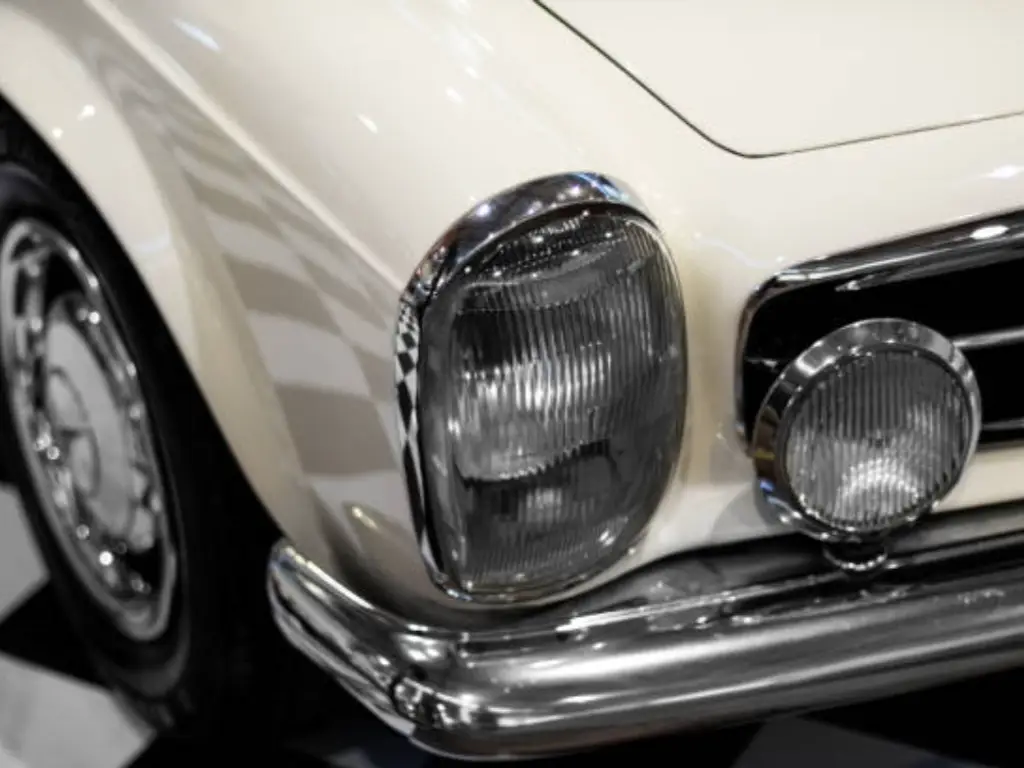
Sunway Autoparts: Bringing Modern Safety to Your Vintage Ride
This is exactly what we have been doing here at Sunway Autoparts since 2007. Being experts in classic automotive parts, we manufacture high-quality parts that are of OEM standard used in classics dating back as far as the 1920s through to the late 1990s, such as Ford, Volkswagen, Jaguar, and Chevrolet models.
We think that you do not need to make a choice between traditional beauty and new safety.
We offer our solution to offer parts based on original specifications that are produced based on high-quality modern materials and construction processes. This is to say that you obtain greater reliability and durability than the factory originals. We can provide period-correct halogen fog lights (with that useful selective-yellow) and up-to-date, highly efficient (LED/HID) options, and they can be subtly installed. You preserve the antique look of your car and enjoy the comfort of knowing that you can see and be seen regardless of the weather conditions.
To our B2B partners, which include the restoration shops and distributors, we are a consistent upstream manufacturer. Our supply chain is a complicated network comprising approximately 200 suppliers, which enables us to offer the unchanging quality, dependable stocks, as well as adaptable bulk-order services on hundreds of unique components.
Your Final Checklist: What Lights to Use in Fog
For a quick summary, here is a simple “Do This / Don’t Do This” checklist.
| Light Type | When to Use in Fog | The Simple Rule & Why |
| High Beams | NEVER | The #1 Mistake. Creates a blinding “white wall” (backscatter). |
| Low Beams | ALWAYS | Your Primary Light. Aims down to see the road + activates your taillights. |
| Front Fog Lights | With Low Beams | Your Supplement. Illuminates the road lines and edges directly in front. |
| Rear Fog Lights | Dense Fog Only | Be Seen from Afar. Incredibly bright. Turn off when cars are safely following you. |
| DRLs | NEVER (Alone) | The “Invisible” Trap. Too dim, and no taillights are activated. |
| Hazard Lights | NEVER (While Moving) | The “Confusion” Trap. For stationary emergencies only. Masks turn signals. |
Beyond Lights: Other Essential Fog Driving Safety Tips
The most essential tool of your own is the right lights; however, they are not the only ones. These smart driving techniques should be combined with smart lighting:
- Slow Down Speed by a Large Margin: No Deal. You have to be able to halt even at a distance that you can see.
- Growing After a Break: Forget the 3-second rule. Allow 6-8 seconds of a break.
- Follow the solid white line on the right shoulder: Take the solid white line on the right shoulder as your major visual reference. Don’t “hug” the center line.
- Reduce Every Distraction: Turn off the radio. Put your phone away. Your attention is needed all the way.
- Use Your Ears: Open your window ajar. There are a lot of times when you can hear a train or a car before seeing it.
- Clean Your Windshield: Turn on your wipers and defroster, which will keep your window clear.
- Know When to Pull Over: When visibility goes to zero, indicate, totally get off the highway, and then switch on your hazard lights.
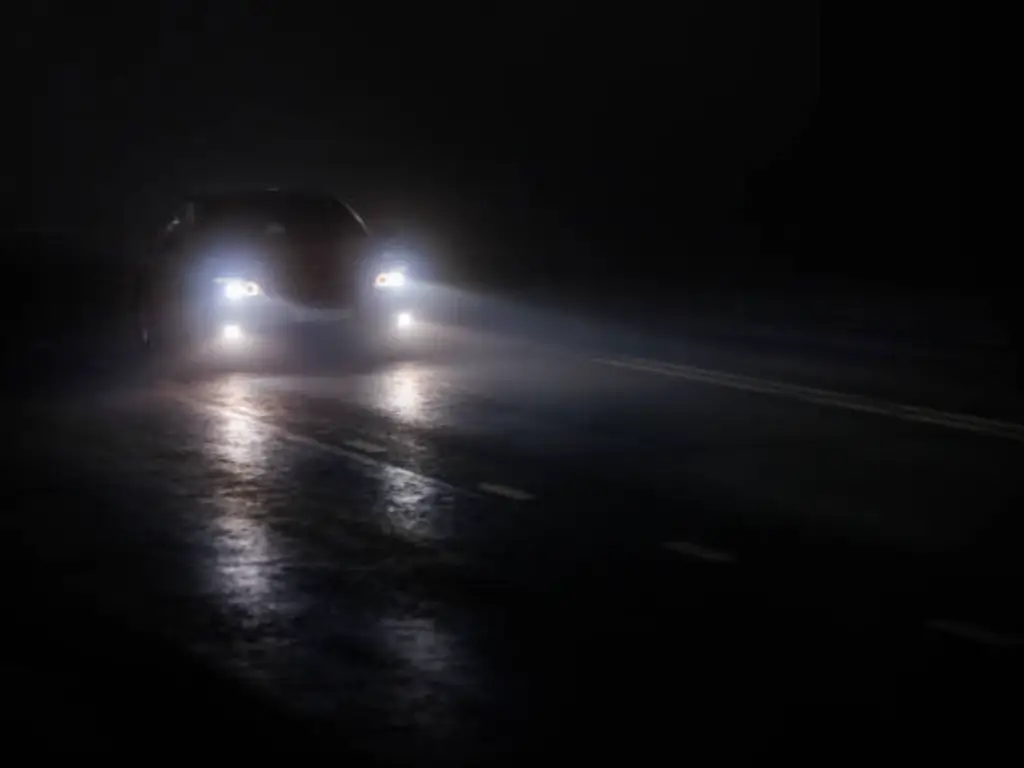
Conclusion
Driving in fog is a high-stakes event that demands respect and the correct use of your equipment. The most effective light in a fog bank is an educated driver.
Remember the simple rules: your low beams are your foundation. Your high beams are your enemy. Your fog lights are your close-range support. By understanding what each light does—and how to adapt to changing weather conditions—you can take control of a disorienting situation and ensure that you, and those around you, arrive safely through even the most poor visibility environments.

